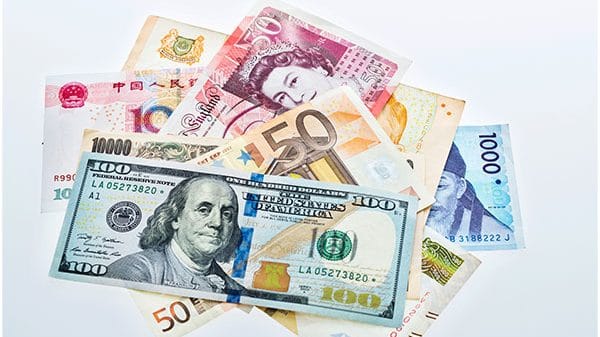New Delhi [India]: India’s foreign exchange reserves continue to decline, extending their slump for about four months now. The country’s forex reserves have fallen in 15 of the past 16 weeks, hitting an 11-month low.
In the week ending January 17, India’s foreign exchange reserves declined by USD 1.88 billion to USD 623.983 billion, according to the latest data from the Reserve Bank of India (RBI).
The reserves have been falling ever since they touched an all-time high of USD 704.89 billion in September, and they are now over 10 percent lower than the peak.
The decline in reserves is likely due to RBI intervention, aimed at preventing a sharp depreciation of the Rupee. The Indian rupee is now at or near its all-time low against the US dollar.
The latest RBI data showed that India’s foreign currency assets (FCA), the largest component of forex reserves, stood at USD 533.133 billion.
Gold reserves currently amount to USD 68.947 billion, with a USD 1.06 billion jump in the past week, according to RBI data.
Estimates suggest that India’s foreign exchange reserves are sufficient to cover approximately one year of projected imports.
In 2023, India added around USD 58 billion to its foreign exchange reserves, contrasting with a cumulative decline of USD 71 billion in 2022. In 2024, the reserves rose by a little over USD 20 billion. Without the latest decline, the reserves would have been much higher.
Foreign exchange reserves, or FX reserves, are assets held by a nation’s central bank or monetary authority, primarily in reserve currencies such as the US Dollar, with smaller portions in the Euro, Japanese Yen, and Pound Sterling.
The RBI closely monitors foreign exchange markets, intervening only to maintain orderly market conditions and curb excessive volatility in the Rupee exchange rate, without adhering to any fixed target level or range.
The RBI often intervenes by managing liquidity, including selling dollars, to prevent steep Rupee depreciation. The RBI has strategically bought dollars when the Rupee is strong and sold when it weakens, enhancing the appeal of Indian assets to investors.
This report is auto-generated from ANI news service. ThePrint holds no responsibility for its content.






